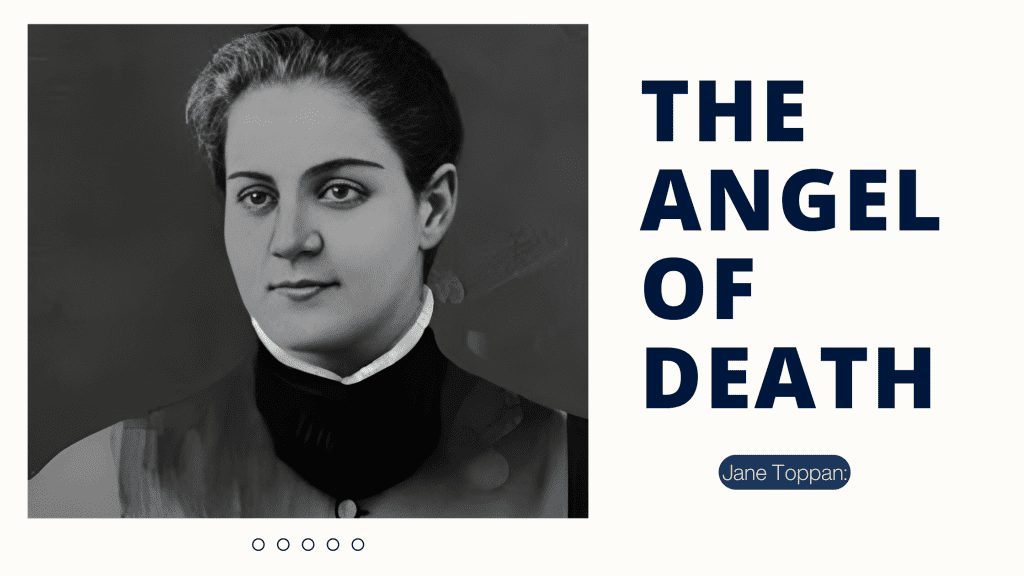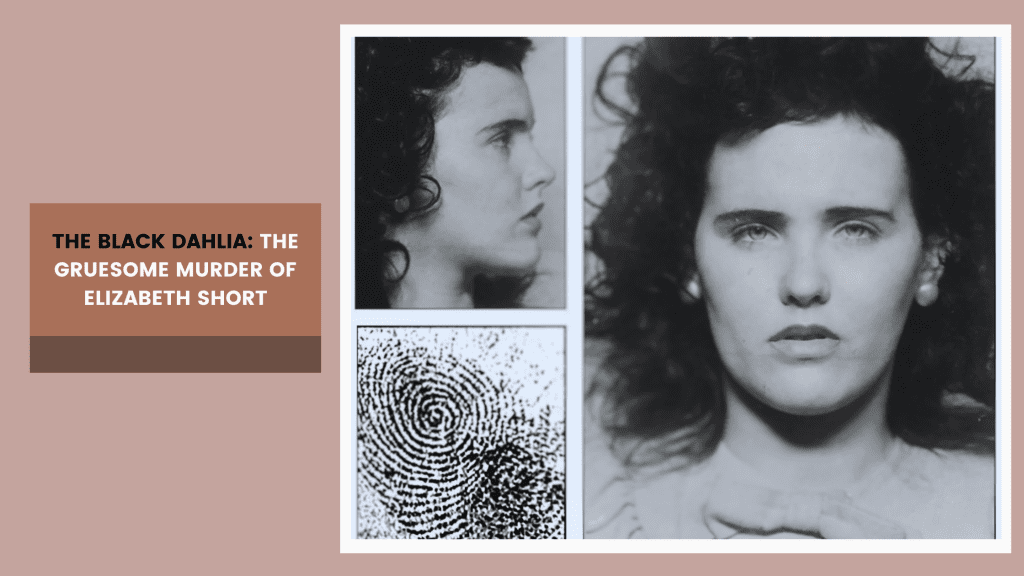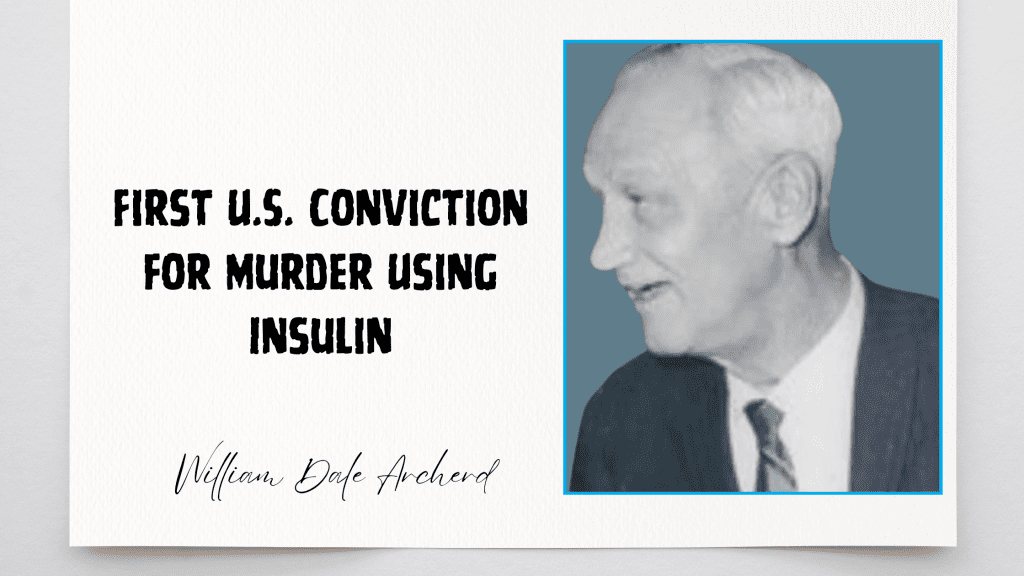In the dark annals of medical history, few stories are as chilling as that of Jane Toppan, one of the most notorious “Angels of Death” in 19th-century America. Known to her patients as “Jolly Jane” for her cheerful demeanor, Toppan’s tale is a haunting reminder of how trusted caregivers could sometimes become the most dangerous of predators.
Early Life and Troubled Beginnings
Born as Nora Kelley to Irish immigrants, Toppan’s early life was marked by tragedy. After her mother died of tuberculosis, her father—known locally as “Kelly the Crack”—abandoned her and her sister at the Boston Female Asylum. Documents from the institution noted that the children were “rescued from a very miserable home,” hinting at the difficult circumstances that shaped her early years.
At age five, Toppan was placed with a family in Lowell, Massachusetts, where her name was changed to Jane Toppan. Despite being of Irish descent, her adoptive family claimed she was Italian, reflecting the prevalent anti-Irish sentiment of the time. Young Jane developed a pattern of telling elaborate lies about her background, including tales of her family sailing worldwide.
The Path to Nursing
At age 18, following the death of her foster mother, Toppan remained in the household as a servant. A personal tragedy struck at 19 when her fiancé broke off their engagement—an event that appeared to trigger significant changes in her behavior and personality.
Toppan later pursued a nursing career, earning her nickname “Jolly Jane” for her seemingly pleasant disposition. However, her supervisors became concerned about her unusual fascination with autopsies. While training at Massachusetts General Hospital in 1889, she was ultimately dismissed—not for malice, but for what was perceived as mere incompetence in handling medical records.
The Descent into Murder
After her dismissal, Toppan established herself as a private nurse in Boston, building a reputation over eight years. Her first known victims were her landlords, Israel, and Lovey Dunham. Israel was poisoned first, with his death attributed to heart failure. Two years later, his wife Lovey met the same fate.
In 1899, Toppan’s crimes became more personal when she poisoned her foster sister Elizabeth, who had sought her help while suffering from depression. The murders continued to escalate, culminating in 1901 with the deaths of the entire Davis family in Cataumet, Massachusetts—the case that finally led to her arrest.
Read more: Nannie Doss: The Giggling Granny
Capture and Legacy
In 1902, Toppan confessed to 31 murders, though speculation suggests the true number could be much higher. She was found not guilty by reason of insanity and spent the remainder of her life in a mental institution until her death in 1938.
The 1956 film “Bad Seed” drew inspiration from Toppan’s story, exploring themes of inherent evil and psychological manipulation. The movie, like Toppan’s own story, raised uncomfortable questions about the nature of evil and whether it could be inherited or developed through trauma.
Historical Impact
Toppan’s case led to significant changes in medical oversight and helped establish more rigorous background checks for healthcare workers. Her story continues to be studied by criminologists and medical historians, offering insights into institutional failures and the importance of proper vetting in healthcare settings.






Pingback: What did Luka Magnotta do with the head?